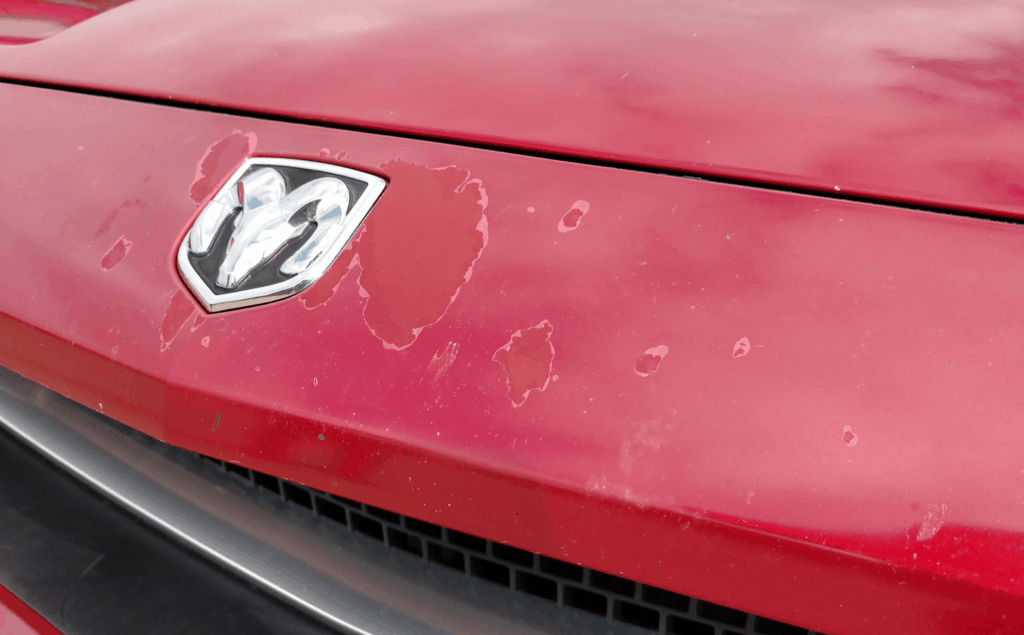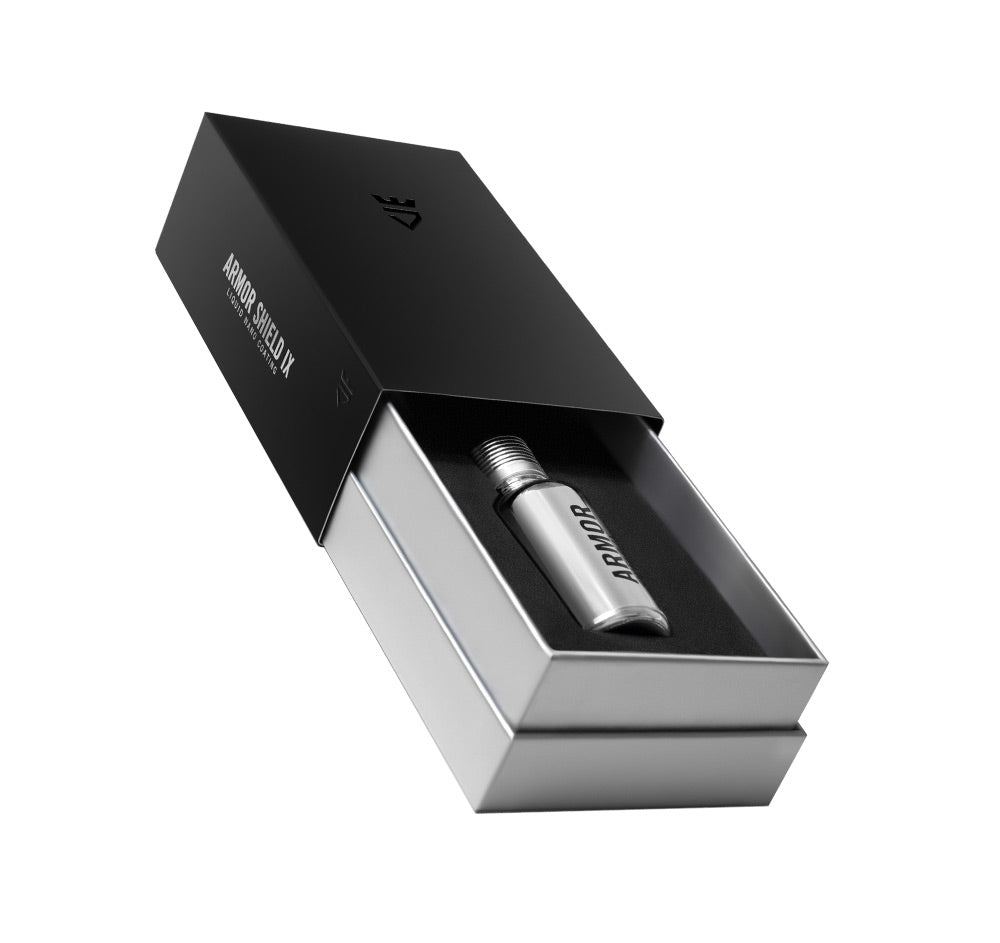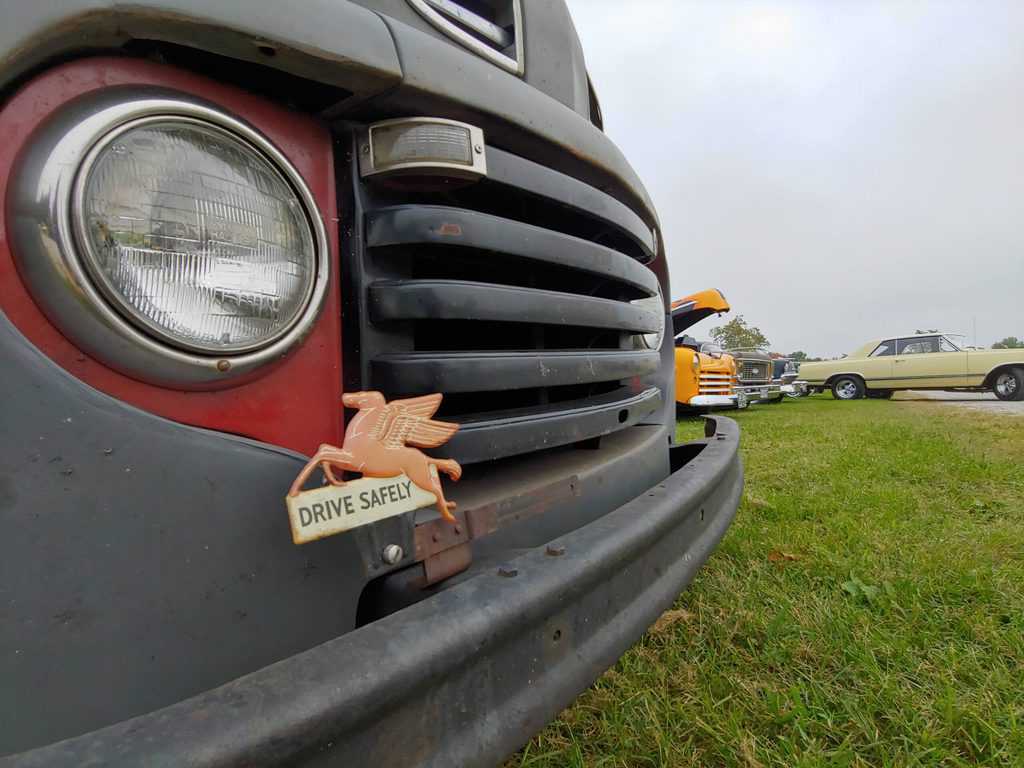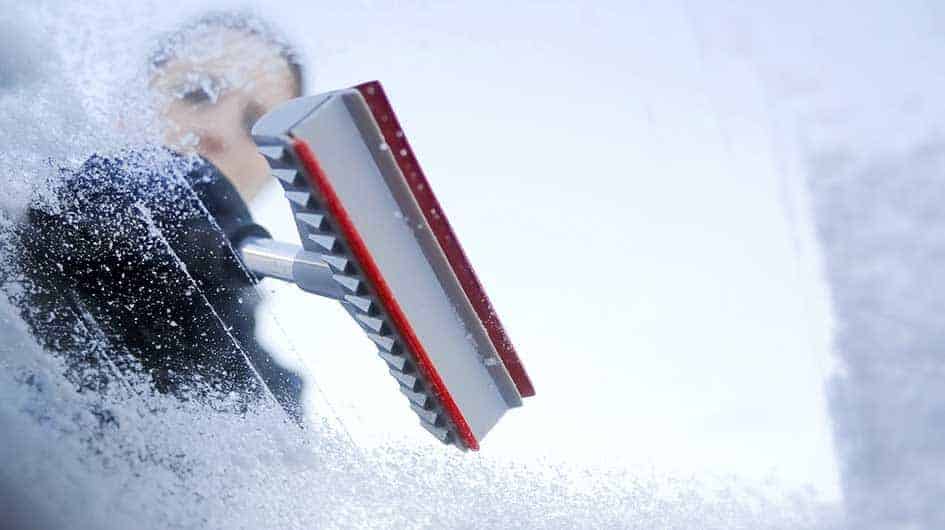Let’s be clear. If you’ve found this article online – it’s quite possible that you’re in that ‘stuck in limbo’ mode between bailing on your older car or biting the bullet and getting a new paint job. It’s a decision that a difficult one for certain.
Most cars on the road today are applied with cheap, manufacturer-direct, two-stage paint jobs, light on the clear coating, and even more shallow underneath. The combination of thin clearcoats and harsh UV rays, acid rain, and other contaminants leads to fading paint, oxidation, and paint that looks like peeling skin after an intense sunburn.
So, is there a secret on how to know when you need new car paint? Well, this is what we’ll discover today. In today’s AvalonKing blog, we’ll dive into the top three indicators that will tell you that it’s time to either trade-in your ride or contact that local paint shop for an estimate.
The Top 3 Signs Your Car Needs New Paint
We talk a lot about paint here at AvalonKing – as that’s mainly what our Nano Ceramic Coating helps to protect. Heck, there are a lot of products that protect bare metal and paint like car wax, car paint sealant products, and more. However, in most cases, it’s not the paint that is damaged on modern cars that leads to questions by owners about new paint jobs; it’s the clear coat.
The modern car, truck, and SUV is painted at the factory through a three-step process in most cases. First, a primer or undercoat is applied to metal or polycarbonate components that make up body panels, bumpers, fenders, and hoods.
Next, the paint or the color coating is applied on top of that primer. Finally, a clear coating of the same paint formula (sans the pigment) is sprayed on top – which creates the depth, shine, and provides protection from oxidation.
It’s when this top layer of clear coating is damaged that the paint appears wrecked.
Generally, there are three warning signs that your paint is in dire need of some professional help to paint your car.
Fading of Paint Shine

Most car owners start searching for local autobody company when they notice fading on their paint job. Fading is that moment when the paint starts to lose its depth, richness, and vibrancy. So – what causes fading with car paint?
Most of the time, fading is caused by a clear coat that has started to breakdown. The ‘shine’ that you see from non-waxed paint is produced by the clear coating itself. It basically acts as an amplifier or magnifying glass, to bring out the richness of the color underneath. As the clear paint starts to thin, the paint begins to lose luster or brilliance.
Here are a few tips on how to determine if your car’s paint is fading.

Compare photos of your car. Most of us are rather vain with our daily drivers. Whether it’s taking a selfie when we pick it up, or right after a detailing job, it’s quite common for car owners to take pictures of our rides. If you suspect that your paint ‘JDLR’ or Just Doesn’t Look Right, find a picture on your phone, your Facebook Page or another platform, and compare it in similar lighting to the existing look.

Review your paint protection records. Fading can likewise be caused by car wax or ceramic coatings that have started to thin. Car wax (especially carnauba wax) provides an extra layer of protection on top of the clear coat. It helps to protect that lower coating from exposure to UV sunlight and other contaminants that damage the paint surface.
Eventually, the car wax will start to wear out – in fact, it’s usually only good for about two months. If you had your car detailed about six months ago, and it looks duller, perhaps a good wax job will help restore that missing shine?

Is that Black or Red – Not so Black or Red? Two ‘colors’ that tend to fade quicker than others are black and red. Black is actually the absence of color or pigment while Red is its polar opposite. They tend to absorb a lot of UV radiation, which can wear the clear coat quicker than other not-so-UV-sucking colors.
If your black or red car seems less brilliance, and you’ve had the car waxed recently, it might be best to seek out a new paint job.
Peeling Clear Coat

Peeling paint sucks. No – really, it’s a clear sign that you need a new paint job. But, in most cases, it’s not the paint itself that is peeling. It’s a clear coating. When the clear coat becomes thin and is not covered with a paint protection product, degradation to the point that it begins to literally peel off the surface will occur.
There are a few warning signs that your clear coating is starting to peel.
Bubbles. If you notice that your paint has spots on it that look like tiny bubbles in the paint, this is a sign of a clear coating that has been damaged. Most of the time, the bubbling is oxidation that is stirring underneath the clear and paint layers.
Discoloring. Another indicator of a clear coat that’s damaged and will eventually peel, is the discoloring of paint. Specifically, when you notice that certain blotches or spots of discoloration appear on your paint surface. This is usually an indicator of uneven clear coatings or damage to high spots on the paint itself.
Serious Scratching

It’s common for scratching to occur on paint jobs. In fact, many minor scratches can be etched into paint simply by washing the car with the wrong supplies or using bad techniques. Heck, even automated car washes can cause marring and scratch on a clear coating, plastic trim parts, and even automotive glass.
However, surface scratching can be repaired by a process called ‘paint correction’. This involves using a polishing cutting compound – that has fine-abrasive materials, and cuts into the clear coat until the scratch has been removed. It basically levels the paint to the point where the scratch has embedded.
If the scratch is deep and has surpassed the clear coating, this is where problems with oxidation can occur. Oxidation is the process that leads to the development of rust. It starts when a metal is exposed to oxygen and water. If the scratch cuts into the paint, that’s very difficult to repair.
If you’re in the unfortunate situation, where you have multiple, deep scratches on your daily driver, it’s probably a good idea to find an autobody expert to level those scratches, respray and then apply a new clear coating on top.
Here is a quick DIY trick to determine if your scratches can be fixed with polishing or paint correction. Wet your finger and run it over the scratch. If the scratch vanishes for a few seconds, that means that it’s in the clear coat. If the scratch remains visible, it’s time to call MAACO – (so, yeah – that’s a joke that only Boomers would get…which make me a borderline boomer I guess.)
When Will an Insurance Company Paint the Whole Car?

A common question in my time here is whether an insurance company will cover the cost of repainting your vehicle – if damage occurs. Well, that depends on the source of the damage. If you were involved in a vehicle accident, and the adjuster can justify that repairs are warranted, then yes – most likely they’ll cover the cost of the paint.
However, if you’re at fault, that might not be the case. It really depends on your insurance company, where you live, and the terms of your policy that will determine whether paint jobs are covered with your policy.
Here are a few things that are typically never covered by insurance companies:
Damage due to wear and tear: Paints are commonly covered by manufacturers with regards to corrosion. However, common wear and tear, which can happen as soon as three years after manufacturing, are not covered by manufacturer warranties, or insurance companies.
Damage due to negligence: Automotive paints require routine maintenance and service – just like any other automotive component. However, if damage happens due to failure to protect the paint surface, an insurance company will not cover that.
In some cases, if your car is vandalized, you can file a claim with the insurance company – and they might cover a percentage of repairs, or the costs – minus your deductible.
How You Can Save Money on Repainting a Car
At this point, you’ve likely looked at your ride and said, “yup, it’s time for new paint – how what?”
Car owners have a few different options to consider – each will determine the cost involved.
Respray Clear Coat Only
If you catch your paint damage early enough, it’s possible that you can get away with simply having your clear coating resprayed. Typically, the process for clear coating application involves removing all the clear coat or at least smoothing out the surface, color sanding, prepping, and spraying a few coats. This is something that can be completed by a DIYer with paint spraying experience.
There are some DIY products in a can that you can use to reapply clear coats, but this is typically a temporary solution. This video will show how you can do a pretty decent job with a two-stage clear coating/hardener and some prep work.
Professional Clear Coating
The second option for those on a budget is to find a local auto body professional that offers clear coating applications. One of the major expenses involved in paintwork is the prep involved to remove any scratches, level the paint surface, and repair any dents or dings.
If you’re able/willing to complete the prep work, there are several smaller autobody shops that would be more than happy to charge you a few hundred dollars to respray the clear – and help with the curing process (which involves a heat lamp treatment).
However, if you want a pro to handle the job for you, make sure to budget some extra cheddar for them to do the prep work for you.
Paint + Clear Coating
Sometimes, the clear coat is too far damaged and takes some paint with it. If this happens, you’ll need to spray the paint and the clear coating at the same time. Here is something to be cautious with or buyer beware type deal. There are some shady paint shops that will try to offer their customers a ‘savings package’ that involves a single-color spray option.
Now, this is not to be confused with single-stage paint. Basically, these dipshits try to convince their customers that they can save money by just having them respray the color. The problem with this is that this solution does nothing to protect the vehicle. Plus, applying wax on top of a non-clear coated vehicle is basically going to smear and be pointless.
Single-stage paint is a paint and clear coat all in one. It basically is a simple way to apply paint and hardener at the same time. The problem is that it’s not as great with protection against UV rays and exposure. Now, you can opt to protect your new paint job with a ceramic coating or car wax with a single-stage system, but you’ll have to wait at least a month after spraying.
DIY vs Professional Paint Job – What’s the Recommendation?
We’re big on empowering our customers to simplify tasks that would otherwise be completed by a professional. But there are some things that should be handled by a pro – like respraying paint. If you don’t have experience layering paint, mixing your paint based on heat and humidity, or not big on prep work, then by all means – defer to an expert autobody professional to repaint your daily driver.
However, if you’re looking to learn – or perhaps, have a project vehicle that you’d like to expand your knowledge base, there are several great DIY paint videos on YouTube.com that will help you understand the process and best practices for reapplying paint.
How to Protect that New Paint Job

Whether you’ve spent a paycheck getting your car repainted professionally, or hundreds of hours in prep work and spraying multiple layers, you’ll want to protect that paint from being damaged by UV lights, bird droppings, bug splatters, and other contaminants.
Once that paint cures for about 30 days, why not apply a DIY nano-ceramic coating? Sure – you can add a paint sealant or car wax, but that will last a year – at best.
Avalon King IX is a superior DIY solution for protecting fresh paint jobs once it has had time to fully cure, and is far superior to wax. It can be applied to new paint jobs, headlights that have been freshly restored, and even bring out the matte-black finish of window trim and other plastic parts.
Even when you’ve recently painted the daily driver, there will be microscopic imperfections on the paint surface. The ceramic coating will fill those tiny valley’s and peaks – to provide a flat and exceptionally strong layer of protection. The coating cures to a 9H hardness – based on the pencil scale of hardness (which is the highest possible).
Armor Shield IX, for example, lasts between 2-5 years on average, and is covered by a two year guarantee via AvalonKing’s warranty program. Hence AvalonKing’s ceramic coatings being revered as the best in the DIY biz.












